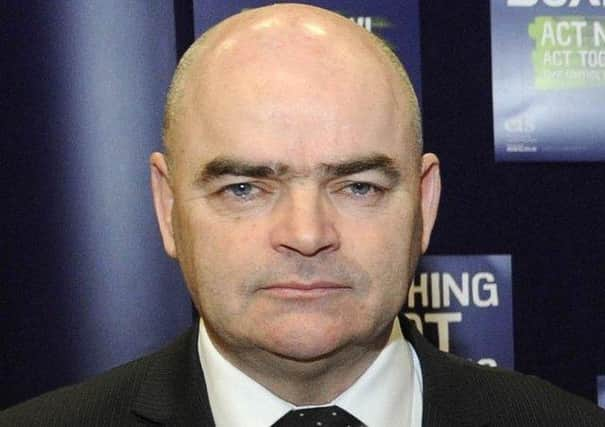Covid Scotland: Pupils can ditch flimsy uniforms to stay warm in ventilated classrooms


Shirley-Anne Somerville also said the discovery of a new strain of coronavirus in Scotland vindicated the “unpopular” decision to make pupils continue to wear face coverings in school, warning that a “really, really cautious approach” was required.
Speaking on a panel alongside the general secretary of the EIS teaching union, Larry Flanagan, Ms Somerville suggested opening windows and doors to help with the circulation of air
Advertisement
Hide AdAdvertisement
Hide AdPoor air circulation has been identified as a risk factor that increases the change of the airborne Covid-19 virus spreading.
In response, the Scottish Government pledged a £10 million fund for schools to assess and possibly improve ventilation in classrooms and said it was “absolutely keeping the evidence under review” about how to reduce the risk to pupils, teachers and school staff.
Ms Somerville said that opening windows and doors would continue to be required despite the winter weather.
She added: “We’re also encouraging schools to be a little bit more flexible, for example about uniform policy if there’s a necessity for young people to be wearing something that doesn’t strictly adhere to a uniform code rather than forcing the families to go out and buy an additional item.”
But Mr Flanagan said there had been “bonkers” cases where schools told teachers to keep windows closed because of concerns about the loss of heat and heating costs.
He said: “The simplest method of ventilation is opening the windows. And I know that sounds ridiculously straightforward, but that actually is an effective mechanism.
“But in colder periods, that has to be linked to schools and classrooms being heated to a higher temperature or having a burst of heat after the interval when the window has been opened to allow a full air change.”
Asked about the new strain of coronavirus, Ms Somerville said: “We will absolutely be having the discussions – which we have done right through the pandemic – with teachers, parents and with young people to look at the evidence as it comes in and see what changes, if any, that we need to make.”
A message from the Editor:
Thank you for reading this article. We're more reliant on your support than ever as the shift in consumer habits brought about by coronavirus impacts our advertisers.
If you haven't already, please consider supporting our trusted, fact-checked journalism by taking out a digital subscription.
Comments
Want to join the conversation? Please or to comment on this article.